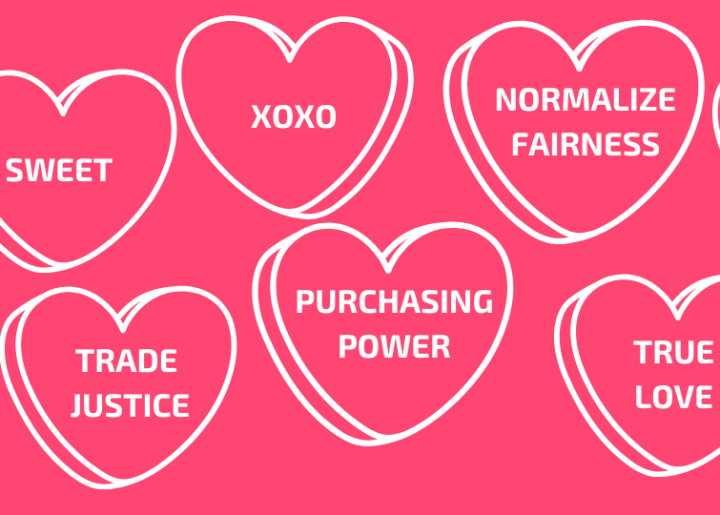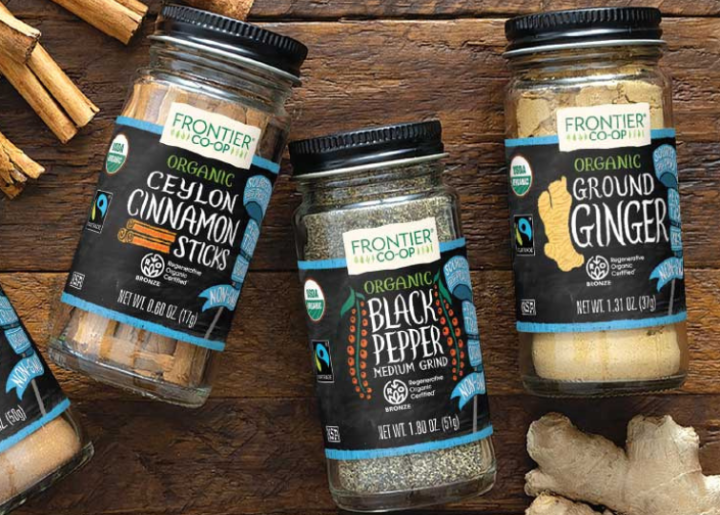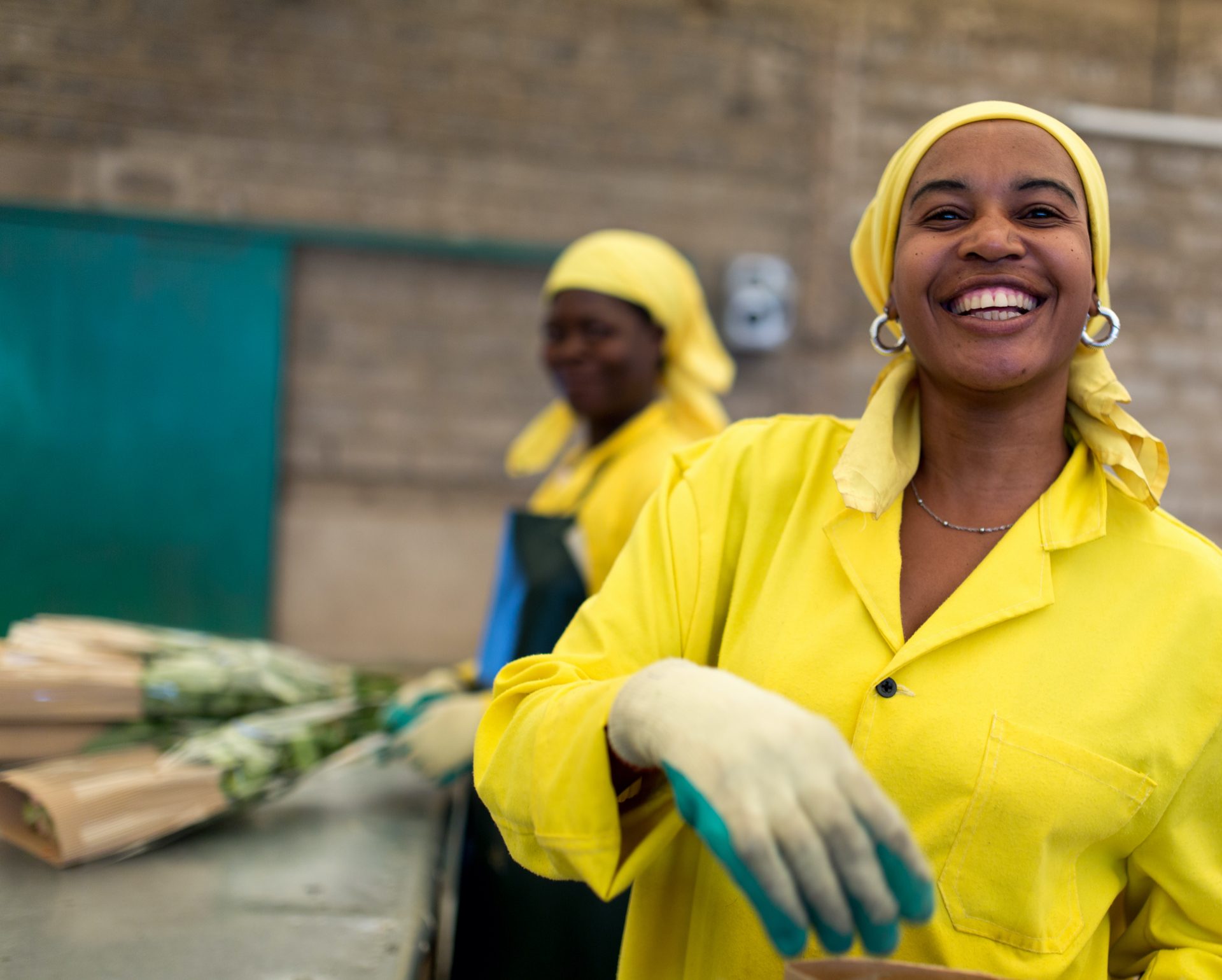Imagine an End to Human Trafficking
New research from the Walk Free Foundation estimates that more than 40 million people are trapped in modern slavery. Ending modern slavery, which affects all countries around the globe, requires a concerted effort of governments, advocacy organizations, businesses, and individuals. Learn about simple steps you can take to contribute to a solution.
Imagine being offered a job that looks too good to pass up. An unbeatable opportunity to bolster your experience, higher pay, healthcare. Housing would be provided and the company would pay your moving costs across the country. Running the numbers, it all makes sense, so you make the leap.
But when you arrive at the office in a musty office park, the recruiter shows you a sheet listing your costs of transportation, recruitment, and other paperwork. They inform you that you’ll have to pay off your debt first. Maybe you just missed the fine print, but it’s no big deal; based on what you’ll be earning, you’ll pay it back quick.
You jump into the work only to discover that it’s not exactly what they said it would be. It’s mind-numbingly repetitive, staring at a screen all day. And every time you’re late or make a mistake, the amount you owe is doubled. You go back to the tiny studio apartment that the company owns each night and buy food from the store (also owned by the company). Just keeping up requires working from dawn into the night.
After a few months, you still owe more money than you’ve earned. You’re too embarrassed to tell family that you made a mistake. Your boss stresses that you’ll legally responsible for breach of contract if you attempt to leave. You know few people in your new city and have fewer friends.
Now what?
It’s difficult to imagine the reality of forced labor. With each subsequent choice, your options diminish, and each option looks as bad as the other. This is the reality of modern slavery.
Human traffickers prey on the world’s most vulnerable people exploiting men, women, and children by luring them into inhumane work situations where they face debt bondage, unbearably long hours, unsanitary or dangerous environments, and little to no pay.
The International Labor Organization estimates that 40.3 million people are victims of modern slavery – an umbrella term covering forced labor and human trafficking. One in four of these victims are children. Women and girls account for 71 percent of the victims. (Even in the US, an estimated 403,000 people are living in modern slavery.)
Children are among the most vulnerable and are often trafficked into debt bondage in the labor sector – mining, retail, domestic servitude, construction, forced begging, and agriculture. Child trafficking is legally defined by UNICEF as “the recruitment, transportation, transfer, harboring or receipt of children for the purpose of exploitation.”
It’s intimately related to, but distinct from child labor “that harms the mental, physical, emotional wellbeing of a child and/or interferes with his/her right to education and safety.”
Child labor and child trafficking share similar root causes: extreme poverty, lack of access to education and gainful employment, displacement caused by man-made or natural disaster and mass conflict.
Helping Farming Communities Confront Trafficking and Child Labor
Fairtrade works with 1.65 million farmers and workers in 75 countries around the world. Along with better pay and wages, the Fairtrade Standards work to ensure human rights and reduce inequality, both of which contribute to ending force labor and human trafficking. This includes:
- Payment of Fairtrade Premiums – This is money paid on top of the purchase price that farmers and workers invest in their communities. Premium investment improves access to health care and education, and bolsters business development.
- Regular audits – Auditors inspect Fairtrade supply chains with special attention given where risk is high for child or forced labor.
- Immediate action when child labor or trafficking is detected – If any violation of Fairtrade’s policy is found, a producer organization is suspended or decertified. Organizations are required to partner with local child rights and civil society organizations to remediate any situation of abuse or exploitation before they can be recertified.
- Child-centered action – Children and young people are at the heart of Fairtrade’s Youth Inclusive Community Based Monitoring & Remediation (YICBMR) programs. Communities take charge of issues around child labor to identify potential and/or actual risks to children’s safety and design responses that go beyond minimum requirements. The YICBMR program has been piloted in 12 countries over the past three years.
Learn more about Fairtrade’s work in child and forced labor here.
How You Can Help
We all have the power to reduce exploitation of children and vulnerable adults around the world and change how farmers and workers are treated. Whether you engage with your community, make better decisions in the shopping aisle, or share what you learn with your friends, simple everyday actions make a difference.
Here are a few ideas to get started:
- Visit SlaveryFootprint.org to learn trace your connection to modern-day slavery. Write to your favorite brands and ask them for stronger policies against child and forced labor!
- Download the End Trafficking project’s “Fair Trade Event Kit” for discussion questions, resources, and activities.
- Look for fair trade products that prohibit child labor and ensure better treatment of farmers and workers.
- Visit End Trafficking to learn more and call on Congress to take action supporting trafficking survivors’ human rights.
- Human trafficking happens everywhere, even in the US. Call the National Human Trafficking Hotline at 1-888-373-7888 if you or someone you know is a victim of human trafficking.
Topics
We’re in this together
Fairtrade America partners with brands on the journey to certification and beyond. We can help with everything from finding a certified supply chain to marketing your newly certified product.
Get in Touch





